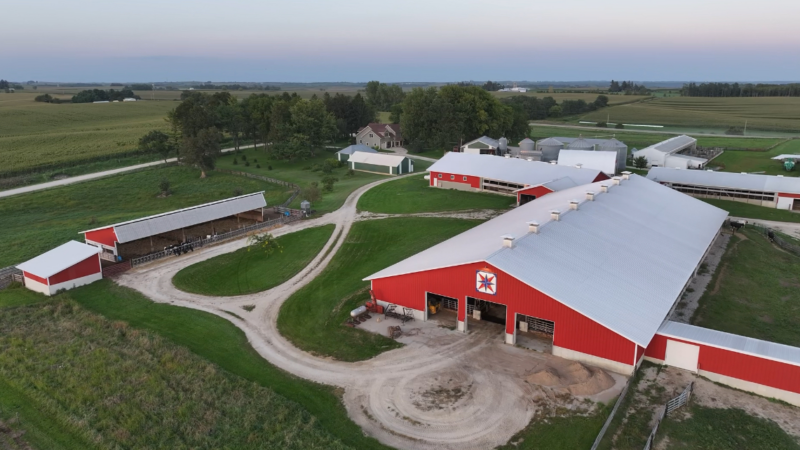Slightly unusual ‘atmospheric river’ event to hit Southeast U.S.

A jet stream over the Gulf of Mexico will likely reach an area it doesn’t typically hit: the Southeastern United States.
Beginning this weekend into Monday and Tuesday, widespread rainfall across the region could result in 4 to 6 inches of rain, the National Weather Service said. Isolated spots are expected to see as much as 12 inches of rain.
Florida, Tennessee, Georgia, South Carolina, and North Carolina are forecast to see most of the effects of the atmospheric river.
The chances of rain in the area “will increase later this weekend, with the potential for heavy rainfall Monday through Tuesday, which could result in flooding,” the NWS said early Saturday.
An atmospheric river is, essentially, a concentrated area of water vapor that transports large amounts of water through the sky.
They usually come from the Gulf of Mexico or the Caribbean and land in the Western U.S. But not this time.
“California gets a lot of precipitation in the winter from these,” said Andrew Hazelton an associate scientist at the University of Miami, where he works with NOAA.
But it’s not rare for atmospheric rivers to land in areas outside of California, he said. They typically happen because of a “cutoff low,” according to Hazelton — when the jet stream from the Gulf of Mexico or the Caribbean gets cut off. This cutoff leads to a diversion. It turns the jet stream into a closed-off low-pressure system. Where many atmospheric river events hit straight from East to West, the closed off low pressure routes back East.
This southeast-bound event just might help certain areas that have seen recent droughts, the scientist said.
Certain areas in Florida, including Central Florida, had a dry winter and are witnessing a drought. More precipitation in these locations could make up for the harsh cold season.
“When you get too much rain in a short period of time, it can be a flooding and flash flood threat,” Hazelton said. “So, I would keep an eye on that, but hopefully it’ll be more beneficial.”
Small creeks, streams, and low-lying areas could see a bit of extra water, according to Hazelton.
For areas that are prone to flooding, the same precautions for any other high-precipitation event still stand.
“Always remember to turn around, don’t drown,” Hazelton said about the atmospheric river event that could lead to flooding in certain areas. “If you happen to be out and there’s a flash flood, don’t try to go through it — because that’s the thing. Just a couple of inches of water can knock you off your feet. Be safe and stay on high ground till the water subsides.”
Meet five new species discovered in 2025
A bumpy snailfish, Andean mouse opossum and ancient sea cow were just some of the many species described in 2025.
What to know about Nick Shirley, the YouTuber alleging daycare fraud in Minnesota
Shirley is a 23-year-old self-described "independent YouTube journalist" who made prank videos in high school before pivoting to politics. He participated in a White House roundtable in October.
Greetings from Vienna, where an imperial palace hosts a holiday market for all
Far-Flung Postcards is a weekly series in which NPR's international team shares moments from their lives and work around the world.
His brother’s mental illness isolated his family. Now he’s helping other caregivers
When it comes to serious mental illness, family caregivers are crucial partners. But often, they must fend for themselves. A new solution offers them support.
Out with the mayo: How Ukrainians reclaim holiday food
For many people from former Soviet countries, New Year's is a big holiday feast time. A Ukrainian restaurant in Washington gives NPR a taste of what's on the menu.
Farmers are about to pay a lot more for health insurance
Tariffs, inflation, and other federal policies have battered U.S. farmers' bottom lines. Now many farmers say the expiration of federal health care subsidies will make their coverage unaffordable.





